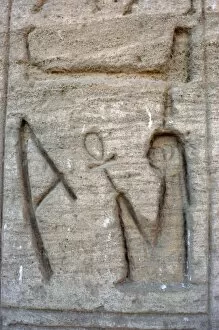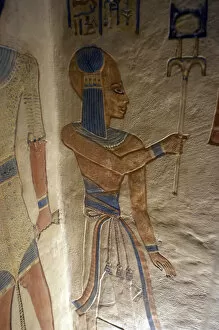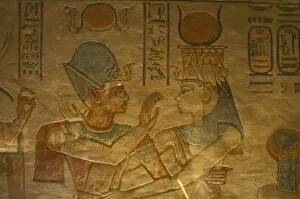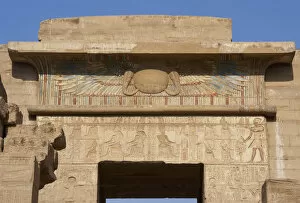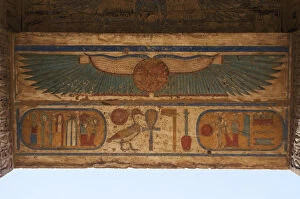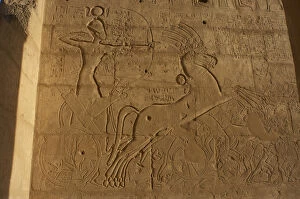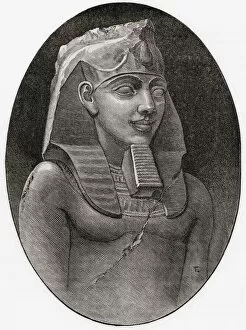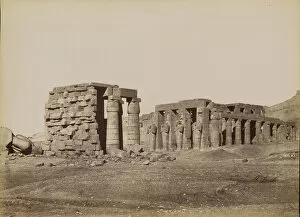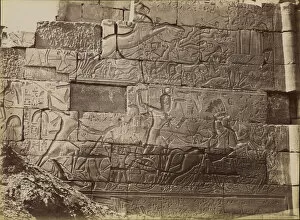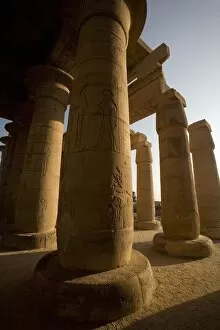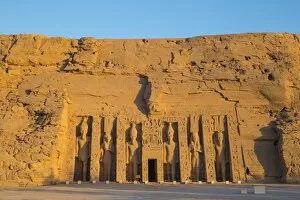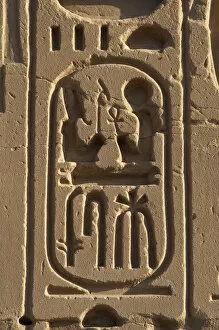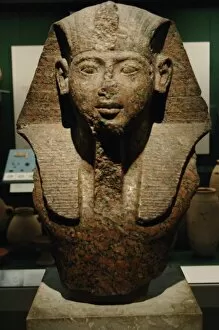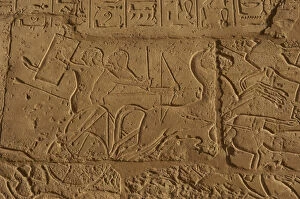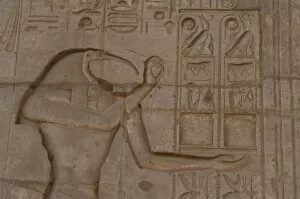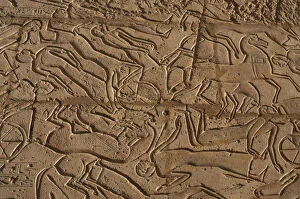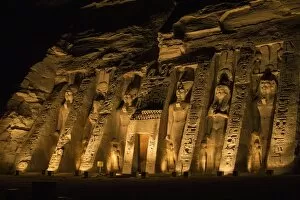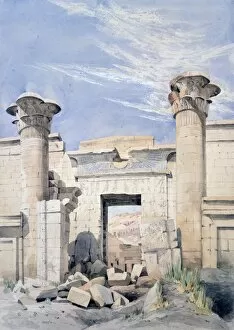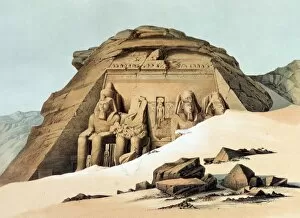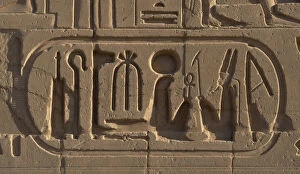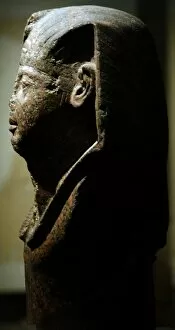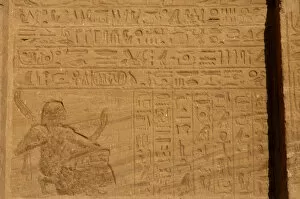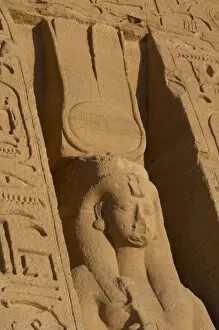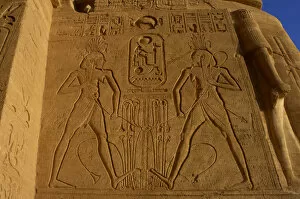Ramses Collection (#3)
"Ramses: The Majestic Pharaoh of Ancient Egypt" Step back in time and immerse yourself in the grandeur of Ramses
For sale as Licensed Images
Choose your image, Select your licence and Download the media
"Ramses: The Majestic Pharaoh of Ancient Egypt" Step back in time and immerse yourself in the grandeur of Ramses, one of the most iconic pharaohs to ever rule over ancient Egypt. From the bustling Piazza del Popolo in Rome, Italy, to the magnificent temples that bear his name, Ramses III's legacy continues to captivate us. At the Temple III, located in Luxor, Egypt, marvel at the awe-inspiring statues depicting this mighty ruler. Carved from limestone with meticulous detail, these giant figures showcase Ramses II holding both the crook and flail - symbols of his power and authority. Venture further into history as you explore Thebes' Ramesseum - a temple dedicated to Ramses II himself. Here lies a testament to his greatness amidst intricate hieroglyphics and stunning architecture that has stood for centuries. In Luxor Temple's First Court stands an array of statues honoring Ramesses II. These colossal masterpieces transport you back to an era when gods were worshipped fervently and pharaohs ruled with divine might. As night falls upon Luxor Temple or even at Memphis in Egypt during Victorian times, witness how its illuminated beauty casts an enchanting spell on all who behold it. Amongst these mesmerizing sights stands a statue capturing every regal feature of Ramesses II - a true symbol of strength and leadership. But beyond these architectural wonders lie glimpses into everyday life during Ramesses' reign. Witness mummies dicing their way through games while soaking up knowledge about ancient Egyptian culture and traditions. From Rome's Piazza del Popolo to the banks of Nile River in Luxor, let your imagination soar as you delve into the world shaped by Ramses' indomitable spirit.


